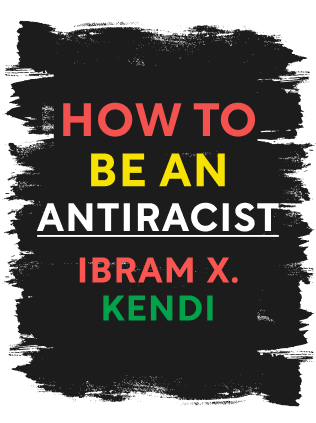

This article is an excerpt from the Shortform book guide to "How to Be an Antiracist" by tIbram X. Kendi. Shortform has the world's best summaries and analyses of books you should be reading.
Like this article? Sign up for a free trial here .
What is the myth of neutrality? Why are the only two choices racism and antiracism?
The myth of neutrality is the theory that you cannot be neutral on the issue of racism. Either you are racist or you’re antiracist; being “not racist” is insufficient.
Keep reading to understand how Ibram X. Kendi explains the myth of neutrality in How to Be an Antiracist.
Eradicating Race Is Insufficient
Many people think that colorblindness, not “seeing” race, is a solution to racism. However, this idea is misguided. If the concept of race had produced racist policies, eradicating race as a means of eradicating racism might make sense. But, just as the invention of race came after the implementation of racist policies, we can only dispense with the idea of race after we’ve gotten rid of racist policies—if we start at the wrong end and get rid of race first, we’ll fail to see that some policies negatively impact certain racial groups. Eradicating race may be one of the last steps of creating an equitable society, but it’s certainly not the first.
The Myth of Neutrality
It’s not possible to be neutral when it comes to racism—anything that’s not antiracist is racist. This is because all policies and ideas either advance or hamper equality. That’s the myth of neutrality.
(Shortform example: Racist policies have created funding imbalances between Black and White schools. Therefore, a scholarship program open only to Black people is antiracist because it strives for educational equality between racial groups. Axing this scholarship program because White people aren’t allowed to apply may seem “neutral,” but, in fact, canceling the program would be racist because it would mean canceling a policy that’s aimed at remedying the current funding imbalance and thereby promoting racial equity.)
Segregation vs. Assimilation vs. Antiracism
Since true neutrality is impossible, we’ve all consciously or unconsciously adopted at least one of three perspectives regarding how to handle racial inequities:
- Segregation. Segrationalists believe that some racial groups are inherently inferior and can’t rise to the level of other groups. They support programs that keep members of the inferior groups away from their own groups by segregating, deporting, imprisoning, enslaving, or killing those in “inferior” groups. Segregationist ideas are racist.
- Assimilation. Assimilationists believe that certain racial groups are inferior to others, but with work, the inferior group can reach the same level as the superior group. They support programs that will develop or civilize the inferior group. Assimilationist ideas are also racist—they set one race as the standard everyone else has to match.
- Antiracism. Antiracists believe that no racial group is superior to another. They support programs that aim to create racial equity.

———End of Preview———
Like what you just read? Read the rest of the world's best book summary and analysis of Ibram X. Kendi's "How to Be an Antiracist" at Shortform .
Here's what you'll find in our full How to Be an Antiracist summary :
- What racism is and how it evolved
- How you might have subtle racist thoughts and not even be aware of them
- Why being "not racist" isn't good enough






